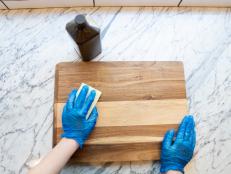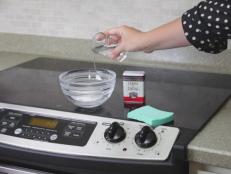1 / 10
Photo: Hulya Kolabas.
From:
Lorraine Bonaventura.
Wood Floors
Even the densest wood floors require a certain amount of upkeep to prevent dirt from scratching the surface. Make it a habit to dry mop or sweep hardwoods every night, and use gentle cleansers if you need a tougher scrub. Avoid letting water build up on the surface - regardless of how recently it was sealed - and consider a quick pass with a steam mop for occasional cleaning (just remember to keep it moving to prevent the steam from affecting the wood). A quick way to obtain a natural shine? Steep two tea bags in water then apply it to the floor using a damp cloth. The tannic acid in tea creates a wonderful sheen! Learn more about hardwood floor maintenance.












